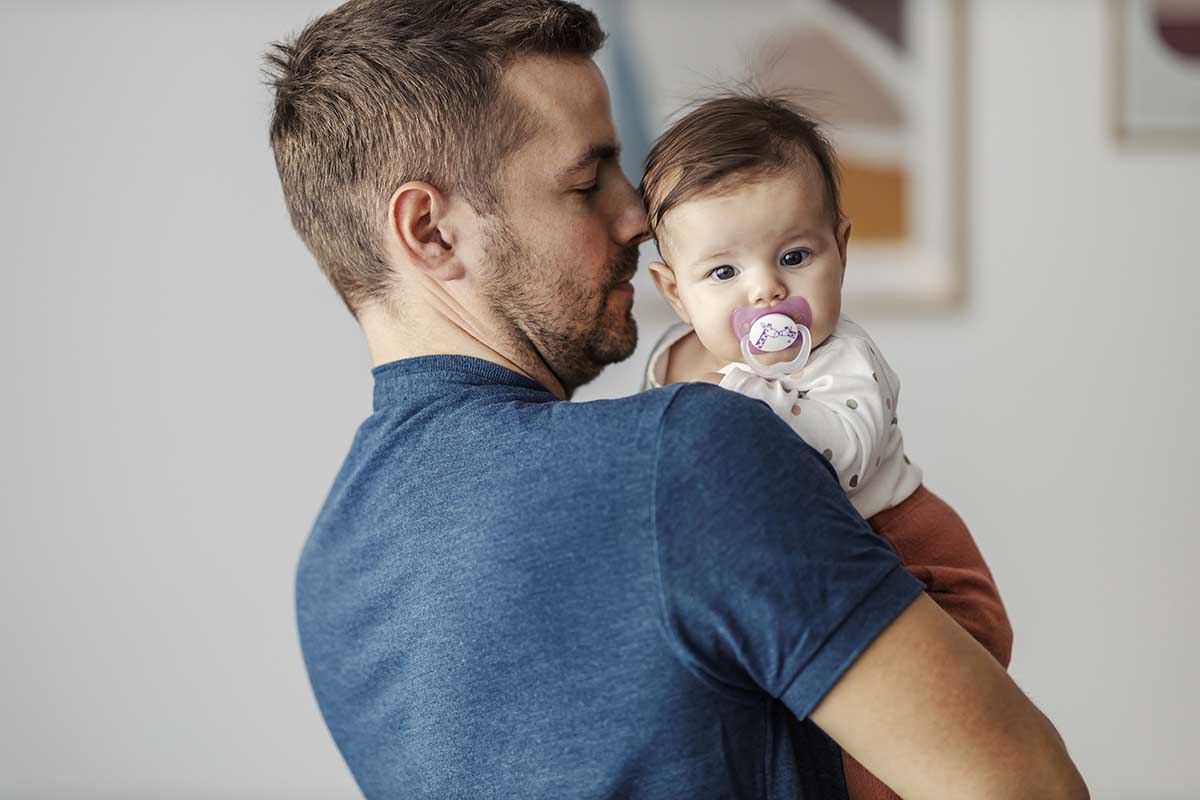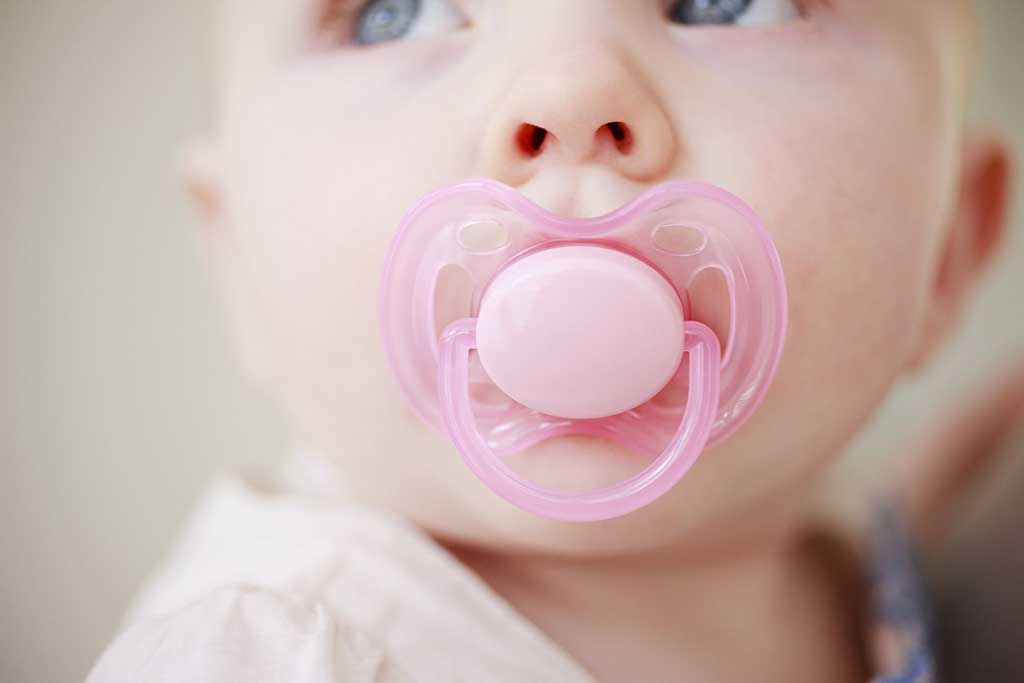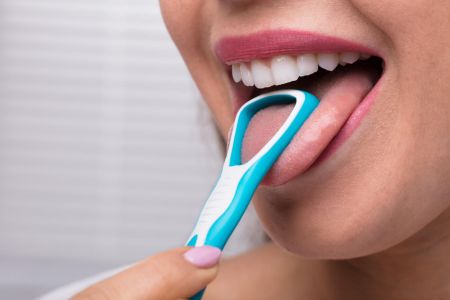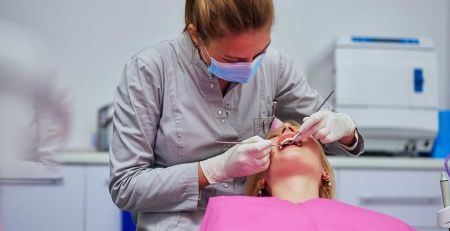Table of Contents
Pacifiers are a ubiquitous tool used by parents and caregivers to soothe infants. But, as comforting as they may be for a crying baby, many are concerned about the potential dental problems they may cause. Delve into ‘pacifier teeth’ and explore whether pacifiers can lead to dental issues.
Understanding Pacifiers

Pacifiers are made from soft materials, such as rubber, silicone, or latex, designed to imitate the nipple’s shape. While they provide comfort and satisfy an infant’s natural sucking reflex, the question remains whether their use can lead to dental problems later on.
A child’s dental development starts from infancy, and habits at this stage can have lasting impacts. Teeth alignment, jaw growth, and speech development are all areas of concern when considering pacifier use.
4 Concerns of Pacifier Teeth

The term ‘pacifier teeth’ encompasses a range of dental issues that can emerge from the extended use of pacifiers. This phenomenon mainly concerns young children whose teeth and jaw structures are still developing.
The problems associated with prolonged pacifier use are multifaceted and can have lasting impacts on oral health.
1. Misalignment of Teeth
One of the primary concerns is tooth misalignment. Regular and prolonged sucking on a pacifier can exert undue pressure on the teeth and jaws.
This can lead to the front teeth tipping forward, creating an overbite, or causing the molars to become misaligned, resulting in an improper bite pattern. Such misalignments can complicate normal dental development and may require orthodontic interventions in the future.
2. Jaw Development Issues
Another significant issue is related to jaw development. The continuous sucking action associated with pacifiers can influence the growth and shaping of the jaw.
Extended use, especially beyond the age recommended by pediatric dentists, may alter the jaw’s shape and overall alignment. This can have implications for the appearance of the child’s smile, bite, and oral functionality.
3. Speech Development Issues
A potential link between prolonged pacifier use and speech development issues exists.
While the exact relationship is still being explored and necessitates further research, concerns arise that extended pacifier use might contribute to speech impediments. This could be due to the impact on the formation and alignment of the teeth and jaw, which are critical in articulation and speech.
4. Oral Infections
Moreover, oral infections are a risk if pacifiers are not maintained with proper hygiene. Pacifiers can harbour bacteria and germs, particularly if they are frequently dropped or not cleaned regularly. This can lead to infections in the mouth, posing additional risks to oral health.
In conclusion, while pacifiers can provide comfort for infants and toddlers, parents and caregivers must be aware of the potential dental problems associated with their prolonged use. Balancing the benefits with the possible long-term oral health implications is critical, and consulting with pediatric dental professionals for guidance and best practices is highly advisable.
Guidelines for Pacifier Use
While pacifiers can pose potential risks to a child’s dental development, it’s essential to recognise that they don’t need to be eliminated. Proper use and care can maximise the benefits of pacifiers while minimising dental concerns. Here are some guidelines that can help in achieving this balance:
Limit the Use
It’s advisable to restrict the use of pacifiers to specific times, such as during sleep or moments of distress. This approach helps limit the duration of pacifier use each day, reducing the risk of dental problems like misalignment and bite issues.
Constant use throughout the day often leads to these complications, so setting boundaries can be very effective.
Choose the Right Type
Selecting the appropriate type of pacifier is crucial. Orthodontic pacifiers are designed to accommodate the mouth’s natural shape, reducing the risk of dental issues. Their shape mimics the natural form of a mother’s nipple during breastfeeding, making them less likely to cause dental problems compared to standard pacifiers.
Regular Dental Check-ups
Regular visits to a pediatric dentist are vital in monitoring the child’s dental health. These check-ups allow for the early detection of any potential issues that might arise from pacifier use. Dentists can provide personalised advice and intervene if any problems are starting to develop.
Encourage Weaning
As the child grows, gradually reducing pacifier use becomes essential. Ideally, weaning off the pacifier should occur by age two to three. This timeline is crucial as it aligns with the developmental stages of a child’s teeth and jaw.
Weaning off the pacifier at this age helps prevent long-term dental issues and facilitates a smoother transition to normal dental development. In summary, while pacifiers are valuable in soothing and comforting children, their use requires careful consideration and management.
By adhering to these guidelines, parents and caregivers can ensure that their child enjoys the benefits of a pacifier without compromising their oral health.
Importance of Cleaning Pacifiers For Oral Health

Cleaning pacifiers is essential to maintaining an infant’s oral health, which is often overlooked in the hustle and bustle of parenting. Here’s why it’s so important:
1. Prevention of Bacterial Infections
Unclean pacifiers can become a breeding ground for bacteria, leading to infections in the baby’s mouth. This can cause problems like thrush or other fungal infections, particularly in younger infants with still-developing immune systems.
2. Avoidance of Dental Decay
Sugar from milk or juice can adhere to a pacifier, and bacteria in the mouth can turn that sugar into acid, attacking the teeth and leading to decay. Proper cleaning ensures no residues are left on the pacifier that might contribute to this process.
3. General Hygiene
Pacifiers often get dropped on the floor, picked up, and placed right back into the baby’s mouth. Properly cleaning them prevents germs from various surfaces from entering the baby’s mouth.
4. Longevity of the Pacifier
Regular cleaning prolongs the life of the pacifier, ensuring that it remains in good condition without any breakdown of materials that might harm the baby’s mouth.
5. Development of Good Habits
By demonstrating proper hygiene with items like pacifiers, caregivers can set an early example of oral care that can translate to good dental hygiene habits as the child grows.
Cleaning Guidelines for Pacifiers
Maintaining the cleanliness and hygiene of a pacifier is crucial in ensuring the safety and health of your baby. Here are some steps to follow:
Washing the Pacifier
It is essential to wash the pacifier regularly with warm water and mild soap. This helps to remove any dirt or germs that may have accumulated. After washing, make sure to rinse the pacifier thoroughly to ensure that all soap residue is completely removed. Soap residue can be harmful if ingested and may cause irritation to the baby’s delicate mouth.
Sterilising the Pacifier
Sterilising the pacifier is especially important for babies under six months, as their immune systems are still developing. The pacifier can be sterilised by boiling it in water for a few minutes.
Alternatively, you can use a specialised pacifier steriliser. Regular sterilisation kills any harmful bacteria or viruses that might be present in the pacifier, providing an extra level of protection for your baby.
Replacing and Inspecting Pacifiers
Pacifiers should be replaced regularly and inspected frequently for signs of wear and tear. Over time, pacifiers can develop cracks or tears, harbour bacteria, and pose a choking hazard.
Regular inspection and timely pacifier replacement are necessary to maintain its safety and cleanliness.

Avoiding Contamination
One common but risky practice is ‘cleaning’ the pacifier by putting it in an adult’s mouth.
This should be avoided as it can transfer bacteria from the adult to the child.
While it might seem like a quick and easy way to clean the pacifier, it can expose the baby to additional germs, potentially leading to infections.
While pacifiers can be linked to dental problems, the relationship is complex and depends on factors such as duration, frequency, and the type of pacifier used.
By following guidelines and maintaining regular dental care, parents and caregivers can enjoy the benefits of pacifiers without compromising their child’s dental health.
It is always advisable to consult with a healthcare provider or dental professional to discuss individual circumstances and choose the best course of action for your child.
By striking a balance between comfort and dental care, parents can help their children grow up with healthy and well-aligned teeth.
Disclaimer:
This article and others on our website provide general information and discussions about dental health and related subjects. The content provided in this article and any linked materials are not intended and should not be construed as dental or medical advice for your circumstances. If the reader or any other person has a dental or medical concern, they should consult an appropriately licensed dentist or other healthcare worker for individual diagnosis.
While the information in this article is provided in good faith, we make no representation or warranty of any kind, express or implied, regarding the accuracy, adequacy, validity, reliability, availability, or completeness of any information on the site. The use of any information provided on this site is solely at your own risk.
This blog does not cover all possible issues related to the topics discussed. It should not be relied upon for specific medical advice or treatment recommendations and is not a substitute for professional dental consultation. Always seek the guidance of your dentist or other qualified health professional with any questions regarding your dental health or medical condition.
Never disregard professional medical or dental advice or delay seeking it because of something you have read on this blog. If you think you may have a dental emergency, call your dentist or your local emergency number immediately.
The views expressed on this blog and website have no relation to those of any academic, hospital, practice, or other institution with which the authors are affiliated.




